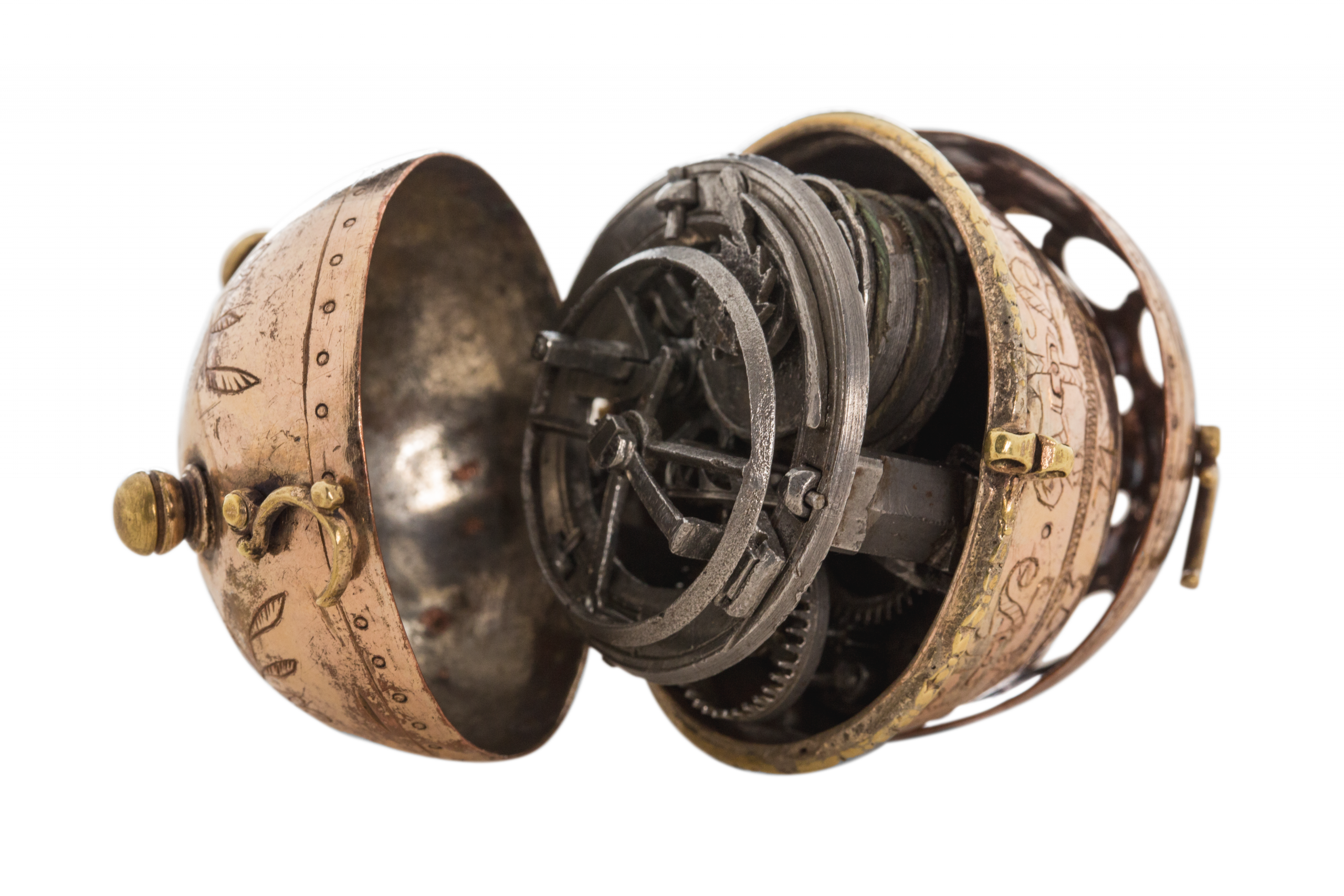TIMELESS DISCOVERIES
Research & Investigation Project 1505 Watch
The Research & Investigation Project
Unveiling the past with the technology of the future
Why and how:
When The 1505 Watch was first acquired, the new owners, more than a decade were confronted with a confusing mix of fragmented information: scattered facts, persistent myths, layers of hearsay, and, most of all, accounts that were simply incorrect.
From the very beginning, their priority was to establish clarity – to gather reliable evidence and build certainty regarding the authenticity of The Watch.
As a series of detailed expert reports confirmed the authenticity of The Watch, the owners resolved to take the next step: launching a broad, structured research initiative with a twofold mission.
The first mission is the creation of a comprehensive scientific report that brings together the full range of available knowledge – expert opinions, data collected within the last decades, and discoveries still to come. This report is conceived as a living project, continuously expanding in scope, depth, and detail as new insights emerge. This work is directed by Dr. Alexandra Vlachos, Swiss historian, former museum curator, and currently Senior Research Scientist and Lecturer at the Centre for Development and Environment of the University of Bern, Switzerland.
The second mission is to engage specialists and institutional partners in investigating particular aspects of The Watch. The owners have been deeply impressed by the passion and professionalism of these researchers, who are generating remarkable new data, uncovering valuable details, and offering fresh perspectives that enrich our collective understanding.
A record of both completed and ongoing studies will be presented, forming the foundation of this steadily growing body of knowledge. The technologies and methods applied to these investigations are nothing short of breathtaking.
Taken together, these efforts ensure that every piece of evidence is considered within an interdisciplinary framework, where insights from history, materials science, horology, and technology converge. In this way, individual discoveries do not remain isolated but are woven into a broader tapestry of knowledge. The Watch thus becomes more than an extraordinary historical artifact: it emerges as a focal point where scholarship, science, and cultural heritage meet, continuously deepening our understanding of both its past and its enduring significance.
A word by Dr. Alexandra Vlachos and snapshot of the Research Project
The 1505 Watch: Unveiling History through Time
The Watch, the earliest known and perhaps first ever made example of a wearable timepiece, stands as an extraordinary testament to the technological ingenuity and craftsmanship of the Renaissance period. This research project explores the intricate history, design, and significance of The Watch, offering a fresh perspective on its creation and its pivotal role in the evolution of timekeeping.

Project Overview
Our research focuses on uncovering the fascinating story behind this unique timepiece, from its historical context to its technological innovations. The Watch is believed to have been created in Nuremberg, Germany, attributed to the renowned watchmaker and locksmith Peter Henlein, whose contributions to horology were groundbreaking. This piece, encased in an oriental pomander, is not just a mechanical marvel; it reflects a key moment in the history of timekeeping, bridging the gap between medieval clocks and the portable watches of the early modern era.
Using a multidisciplinary approach by combining historical and comparative research, scientific analysis, expert opinions, and state-of-the-art imaging techniques, this project aims to provide an in-depth understanding of The Watch’s origins, its technical features, and its cultural significance. We focus on exploring the craftsmanship of The Watch, examining the materials and manufacturing techniques that contributed to its remarkable design. Equally, we delve into the historical context of its creation, highlighting the oriental and Arab influences that shaped European watchmaking, alongside the cultural exchanges and scientific advancements during the Renaissance, one of the most pivotal periods in human history.
Key Areas of Study
Historical Context: Integrating a Culturally Inclusive Perspective
The Watch is placed within the broader history of time measurement during the Renaissance and influences from the Islamic and oriental word which laid the foundation for it. The Renaissance period was a time of profound scientific, philosophical, and religious transformation. The Reformation and the rise of humanism fostered an environment of intellectual curiosity and exploration. Advances in fields such as astronomy, mechanical engineering, and mathematics, coupled with a renewed interest in ancient knowledge, set the stage for innovations in technology, including timekeeping. This cultural backdrop of scientific progress and religious upheaval played a pivotal role in the development of The Watch, reflecting the period’s quest for precision, order, and personal empowerment through new technologies. This includes the rise of mechanical timepieces in the Islamic world, and the orient, spreading then across Europe, with a particular focus on Germany and Italy, where the need for portable timekeeping devices emerged. By examining the influence of oriental technology and scientific knowledge on the development of watchmaking during the European Renaissance, this research aims to shed light on how cross-cultural exchanges shaped the evolution of early timepieces. It strives to offer a more holistic and culturally inclusive view of the shared global history of human innovation and craftsmanship.
To understand the 1505 Watch, one must unite science, technology, and history — only then does the full brilliance of this 520-year-old invention reveal itself!
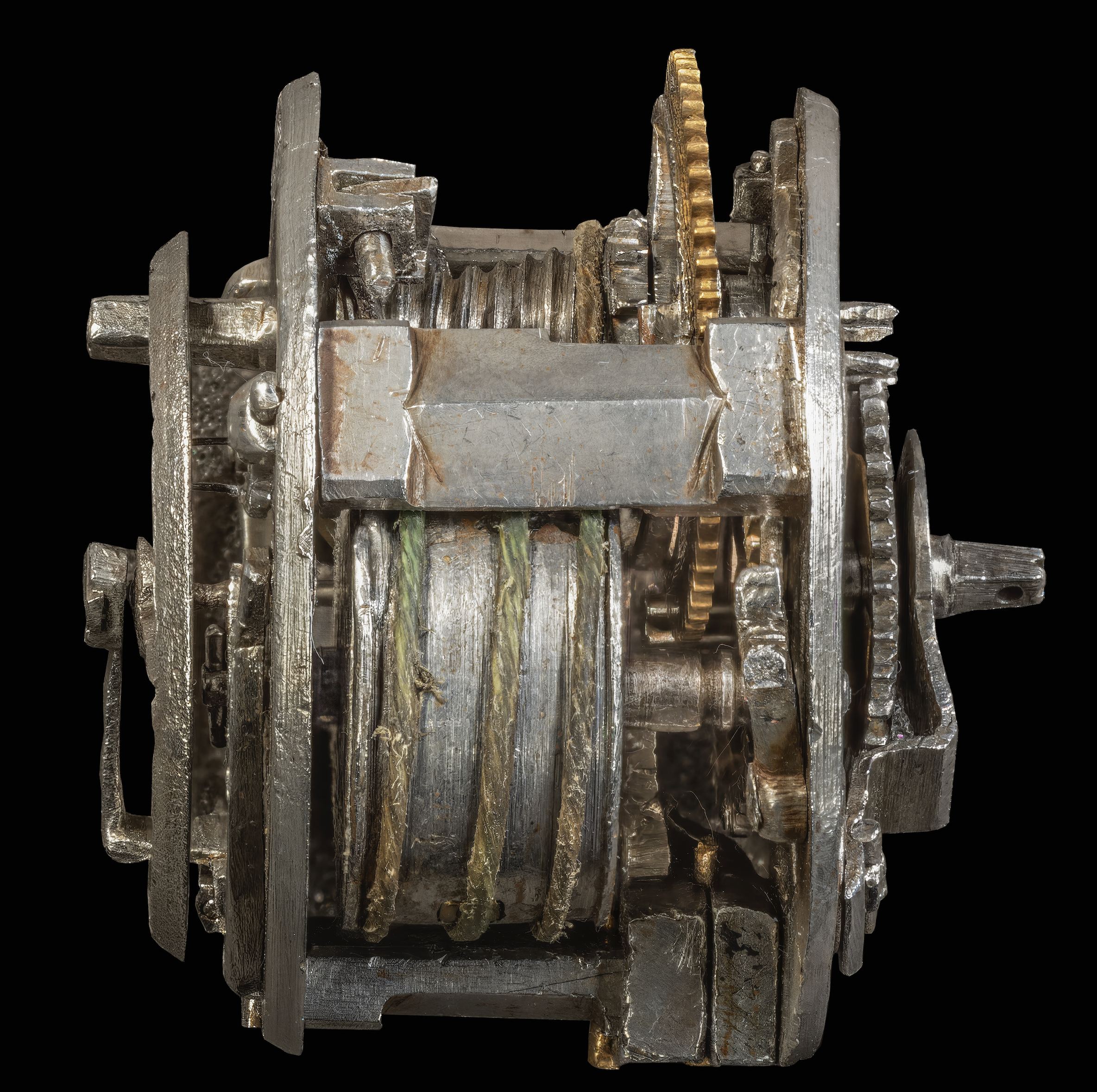

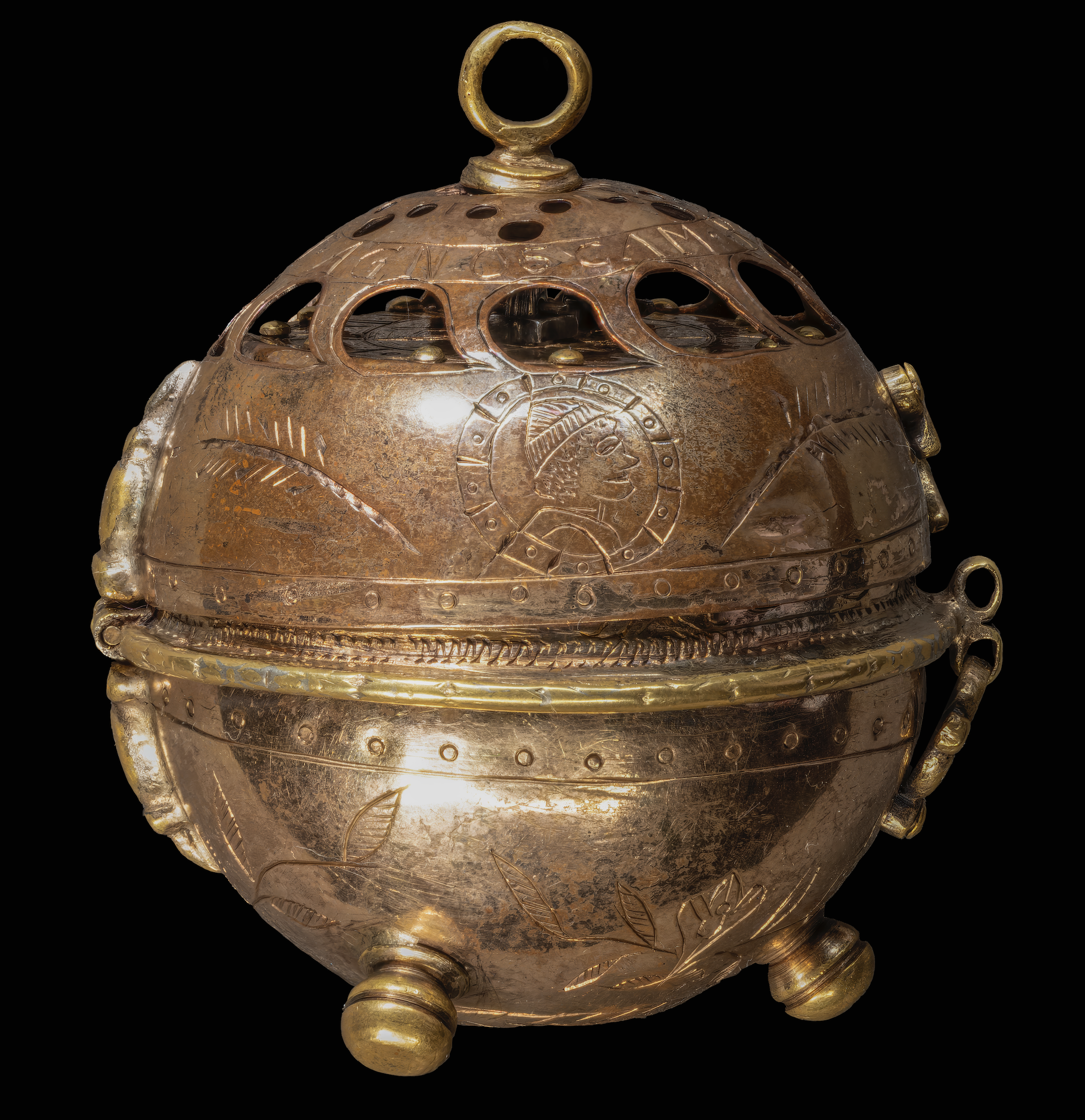

Technological Innovation: A Milestone in Miniaturization
Through advanced data gathering and imaging, including micro & macro-photography and Industrial Computer Tomography, 3D scanning, Digital Fragmentation of the 1505 Watch, we analyse the mechanisms that power The Watch, shedding light on the intricate design features that predate modern watchmaking. Special attention is given to components like the innovative bore bristle regulation.
Cultural and Artistic Significance
Beyond its mechanical ingenuity, The Watch stands as a significant cultural artifact. This project explores the following hypothesis: Rather than a luxury item crafted for the courts of Renaissance Europe, it is a prototype; a pioneering step towards miniaturization, paving the way for wearable timepieces. This project explores how the watch fits into the broader evolution of timekeeping devices, marking a critical moment in the transition from large, stationary clocks to portable, wearable watches. It also examines the way early timepieces, like The Watch, influenced personal identity, with their potential to symbolize both technological progress and evolving concepts of status in a rapidly changing world.
The project also explores the life of Peter Henlein, a key figure in the early development of watchmaking. His work, alongside his controversial life story, provides crucial context for understanding the historical significance of The Watch.
Attributed as his first attempt to integrate a mechanism into a pomander case, The Watch represents a groundbreaking moment in horological history, marking the creation of what is widely considered to be the first wearable watch in human history.
Our Approach
This research adopts an interdisciplinary approach, combining historical analysis, technical examination, and scientific methodologies.
In addition to in-depth archival research, the project benefits from the expertise of watchmaking professionals and curators from some of the world’s most prestigious watch collections.
Their insights into early horology, along with access to rare timepieces, will significantly enhance the project’s findings.
By integrating historical documentation, forensic investigation, and expert consultations, the project aims to offer a comprehensive understanding of The Watch, its significance, and its role in the broader history of timekeeping.
This collaborative effort draws from diverse fields including history, art history, engineering, and material science, ensuring a well-rounded perspective on the object.
Material science


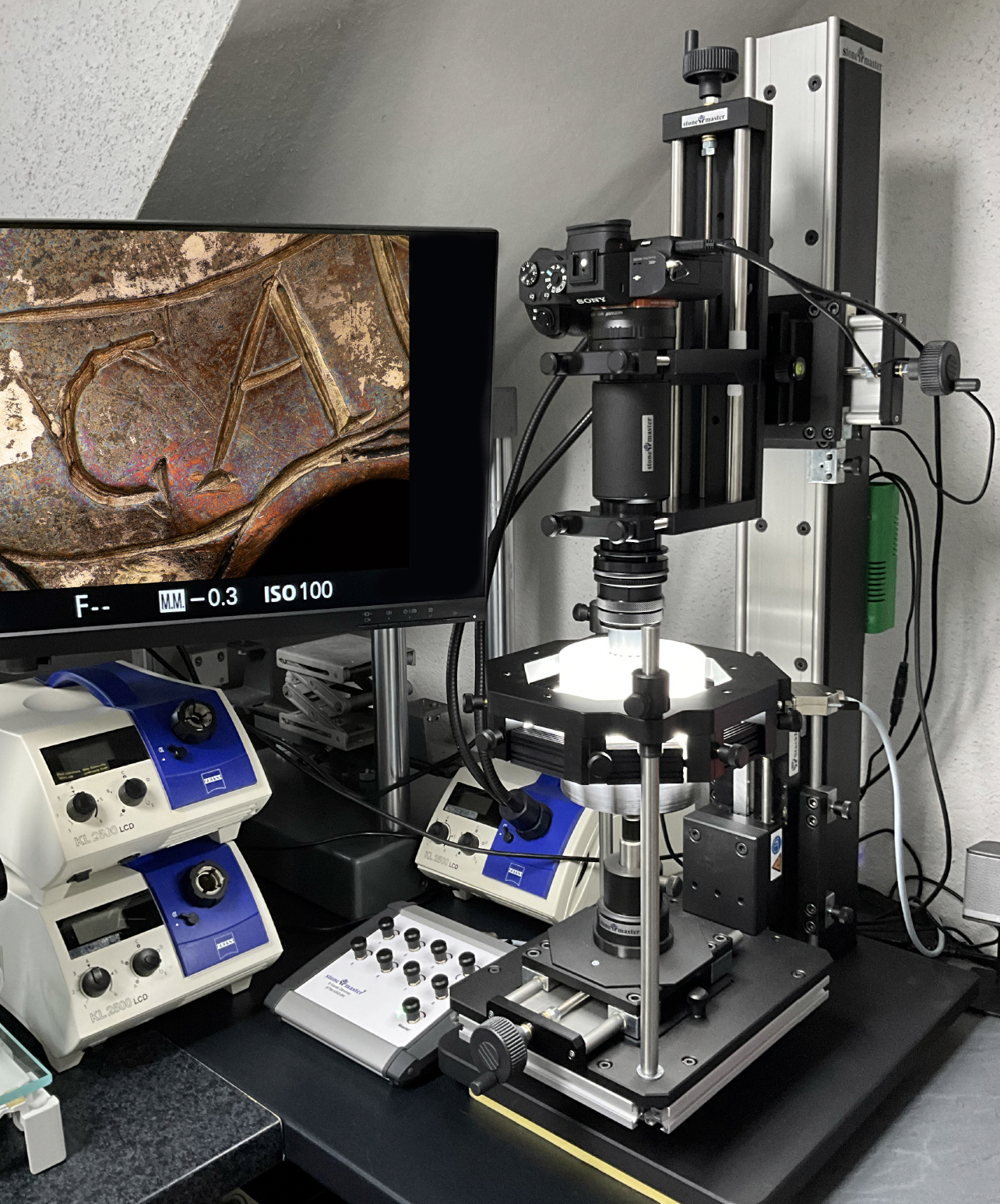
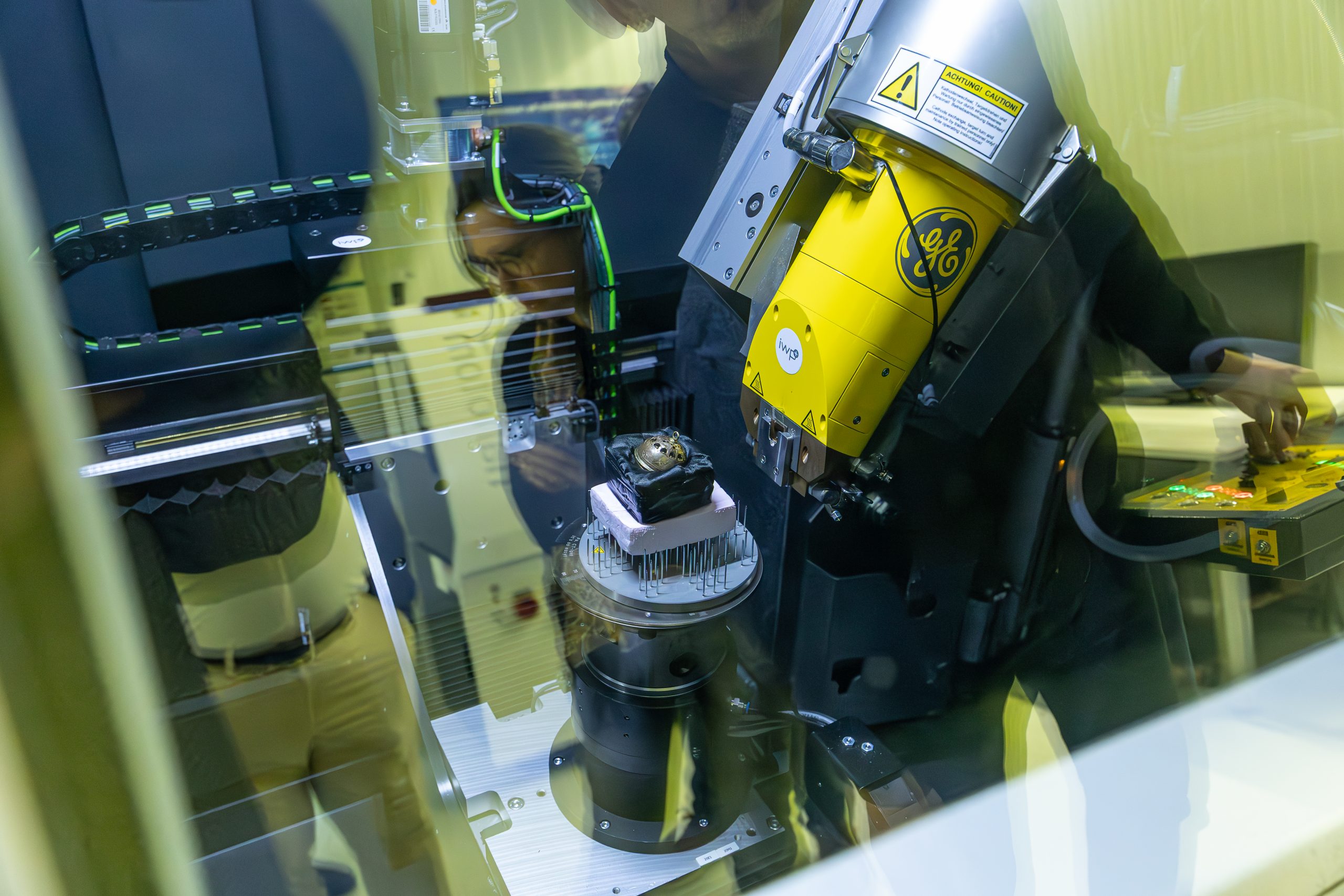
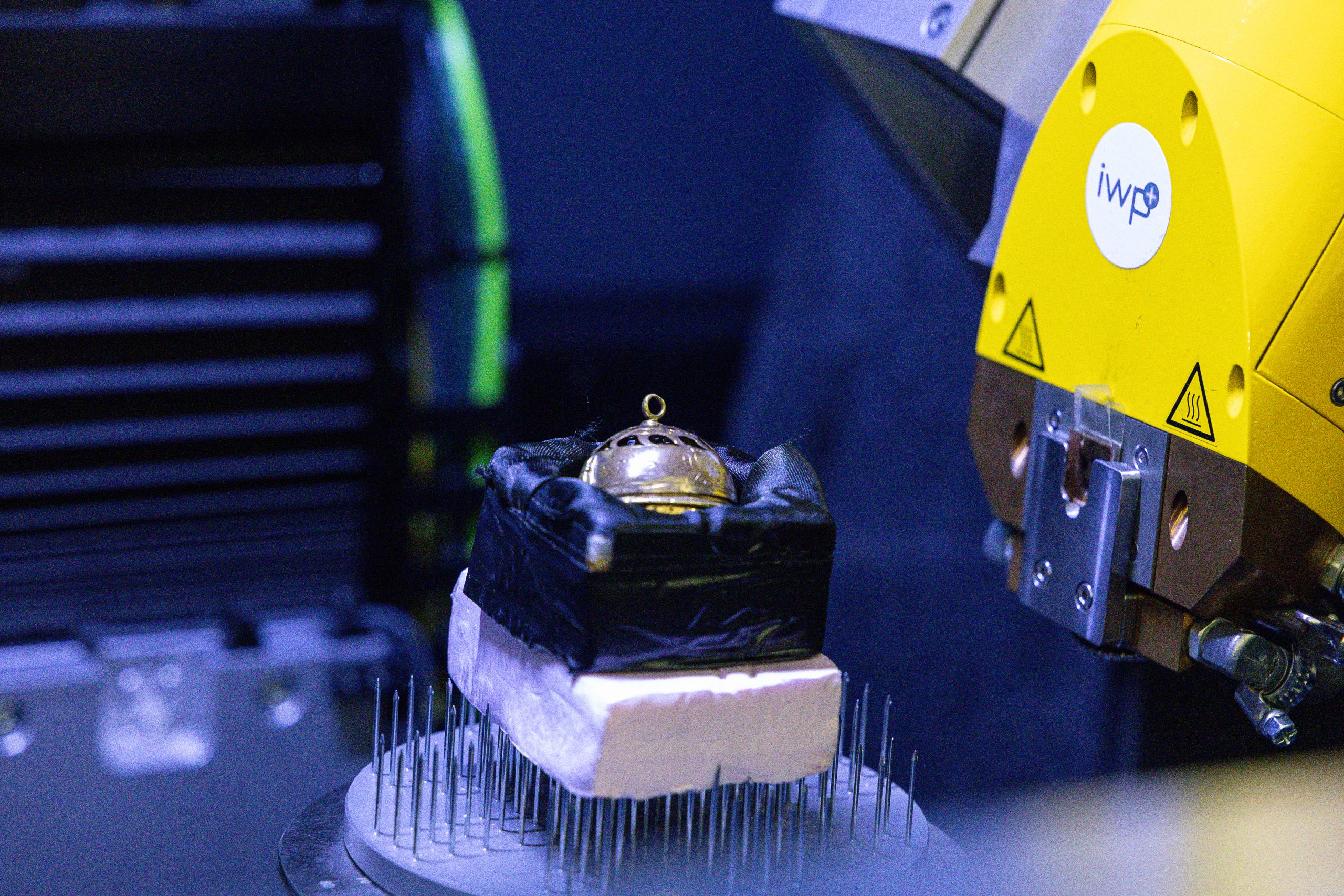
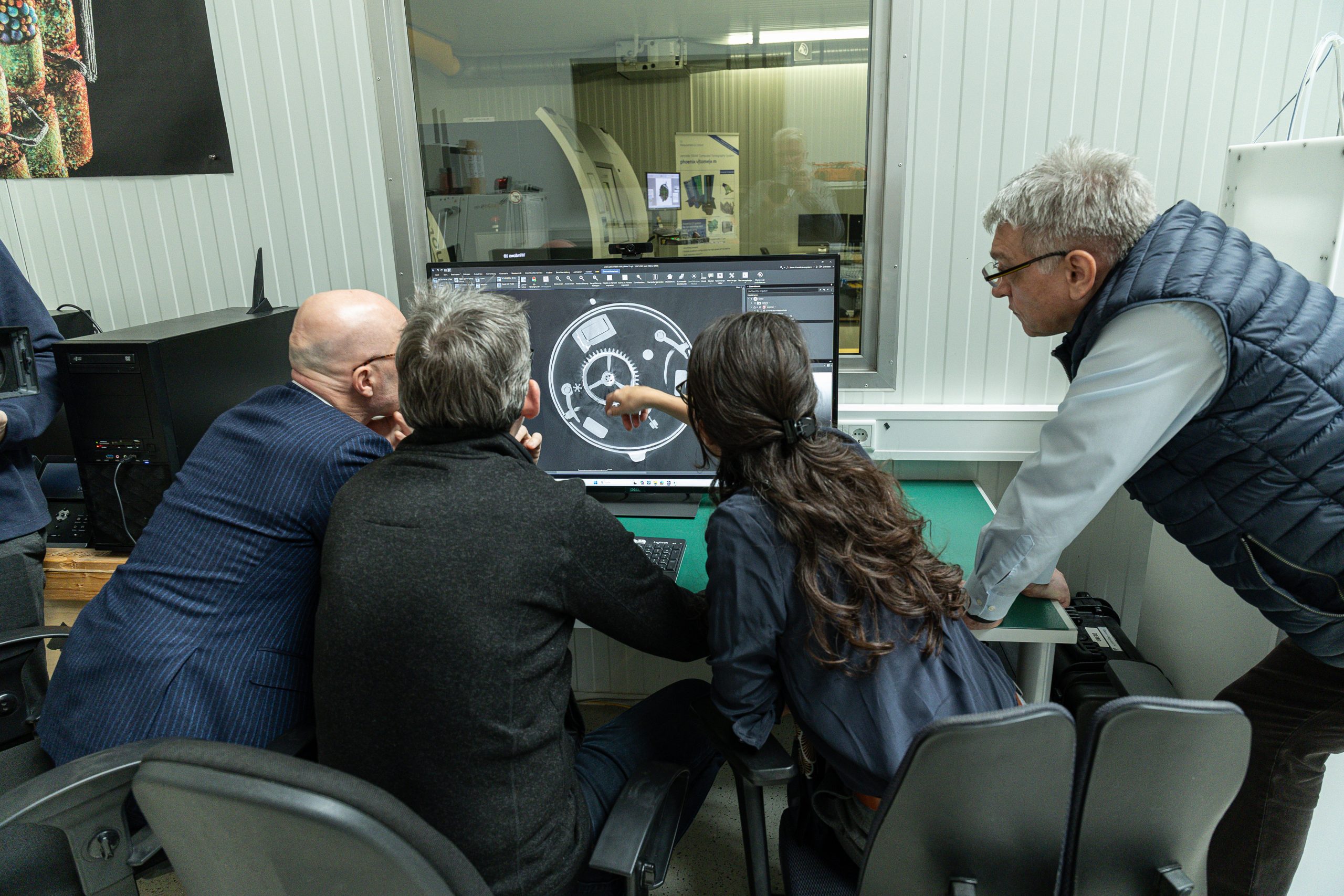
Material science plays a central role in understanding the watch and its context. Key analyses include metallurgical studies of the alloys used, as well as X-ray microtomography to reveal the internal structure and wear patterns of The Watch. These methods help date the watch and uncover details about its construction and manufacturing techniques.
A comparative study of The Watch will place it within the context of other early timepieces. By examining watches from collections like the British Museum and The Metropolitan Museum of Art, we can gain insight into the technological advancements and design trends of the period. This will further illuminate The Watch’s significance in the evolution of timekeeping.
In a nutshell:
Multidisciplinary approach combining qualitative and quantitative methods, blending historical, cultural, and scientific perspectives.
Primary Source Analysis: Examining historical documents and records on horology and the context of The Watch.
Scientific Techniques: Utilizing forensic analysis, including metallurgical testing and X-ray microtomography, to understand materials and construction.
Digital Twin Modeling: Creating a precise digital reconstruction of the watch mechanism through advanced 3D imaging and simulation techniques, enabling a deeper understanding of the “heart” of the movement, its functionality, and its innovation in the history of timekeeping.
Comparative Study: Drawing comparisons with contemporaneous timepieces to contextualize The Watch within the broader development of timekeeping.
Why It Matters
The 1505 Watch marks a key milestone in the evolution of timekeeping technology. By studying this piece, we can gain insight into the complex relationship between science, art, culture and religion during the Renaissance. Moreover, The Watch represents the ingenuity of early European horologists, whose creations would pave the way for modern watchmaking.
Through this project, we aim to gain a deeper understanding of The Watch, widely recognized as the earliest known timepiece designed to be worn on the human body. In addition, we seek to uncover new insights into the evolution of early timepieces and their lasting impact on modern horology. By exploring the influence of oriental technology and scientific knowledge on watchmaking during the European Renaissance, this research also strives to offer a more holistic and culturally inclusive perspective on the shared global history of human ingenuity.
Join Us on This Journey
This research project is not just about uncovering the secrets of a historical artifact; it is about celebrating the stories embedded within this extraordinary timepiece.
Follow along as we bring The 1505 Watch into the light, piece by piece, and discover how this masterpiece of mechanical engineering continues to shape our understanding of time and timekeeping.
For questions concerning the research project, please contact: research@the1505watch.com
